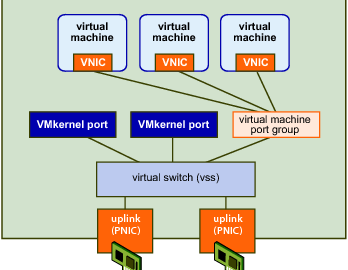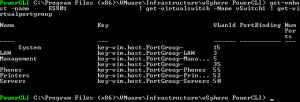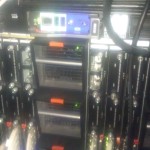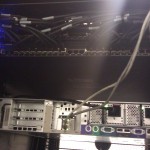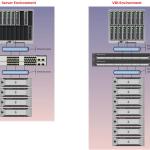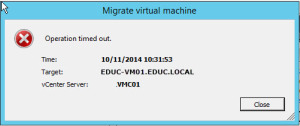Sometimes we get so bogged down into the technical details, we forget that some people just want to know about a product and how it’s used, not how to configure it and the advance settings.
This blog post was first wrote for my employers blog by me, but I think it’s a perfect High Level post detailing a customer and how the product met their requirements.
The Company
Working in the financial sector, the company has around 200 on-site employees, projecting to expand up to 300 with a recruitment drive they are planning. After having a new VMware infrastructure implemented and upgrading their Microsoft Servers to the latest and greatest, the backup solution was the next on the upgrade list. Continue reading Veeam: High Level End user case study, from an engineer’s perspective

